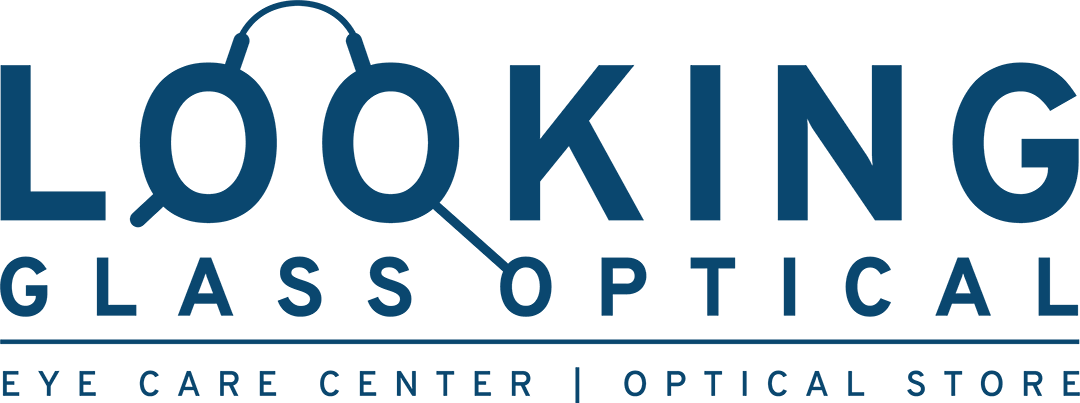Aging Vision Doesn’t Mean You Have to Suffer Vision Loss
It’s normal to lose bone density and muscle mass as well as have some sagging and wrinkles. You might not be able to stay up all night and function the next day as you did in your youth. Or you might have to give up spicy foods. While some sensory deterioration is expected, you can stave off vision loss as you age.
According to the National Eye Institute, a division of the National Institutes of Health (NIH), the risk for eye disease increases with age, but there are steps you can take to prevent vision loss. The first thing you need to do is understand the most common eye issues related to aging.
Dry Eyes
Age isn’t the only cause of dry eyes. You may experience dry eyes during cold winter months or as a result of seasonal allergies. Dry eyes may be related to contact lenses or the amount of time you spend looking at a computer monitor or mobile device.
However, as we age, tear production naturally declines, making dry eyes one of the more common eye issues associated with aging. Possible solutions include using suitable eye drops, installing humidifiers in the home, and possibly surgery in extreme cases.
Age-Related Macular Degeneration (AMD)
While among the most common vision-related issues, blurred vision isn’t necessarily related to aging, although it can certainly worsen over time. That said, macular degeneration, which can cause blurred or distorted vision, is often age-related.
This condition occurs when the macula is beset by bits of fat and protein (called drusen). These collect and keep oxygen from reaching your eye. (The macula is a portion of the retina populated by light-sensitive nerve cells.) The process of vision loss can be slow or fast with AMD. However, early detection and treatment is your best bet to slow the process.
Cataracts
When proteins start to break down in the eyes as we age, they may form cloudy clumps that impede light passing through the lens and stop it from reaching the retina. That can cause blurred or otherwise impaired vision, and without treatment, it may worsen. Luckily, surgical lens removal and replacement is a safe and effective solution for most patients, barring other eye health concerns.
Glaucoma
Age, heredity, and other factors may contribute to the onset of glaucoma. Glaucoma is an eye disease characterized by increased intraocular (inside the eye) pressure. Over time, this pressure can damage the optic nerve, leading to permanent vision loss and even blindness. Testing, measuring, and lowering eye pressure could help prevent vision loss, so early diagnosis is key.
Temporal Arteritis
This vascular disorder isn’t extremely common, but it does occur more in people over 50, particularly women. The condition is characterized by inflamed and constricted arteries in the forehead and temples. It may also include symptoms like headache and fever.
It can also cause permanent vision impairment or vision loss if it impacts the posterior ciliary arteries. Immediate treatment is essential to preserve blood flow and prevent the onset of blindness, among other symptoms.
Preventing Vision Loss
Understanding the symptoms of age-related vision problems can help you to seek diagnosis and treatment early. Still, in some cases, there are no notable symptoms that signal irreversible damage is happening.
The best way to prevent vision loss associated with age-related disorders is to schedule regular vision testing and ask for additional testing, like glaucoma and pupil dilation exams, to check for any changes that might indicate common eye diseases.
When you need the services of an experienced optometrist, Looking Glass Optical is happy to help. We are here to examine your eyes and diagnose potential problems. Contact us today or book an appointment through our convenient online scheduler.
